Global Warming Satellite Launch Is a Failure
NASA's first effort to loft a satellite to help scientists determine where carbon dioxide is produced and stored around the globe ended in failure when the $270 million spacecraft crashed near Antarctica.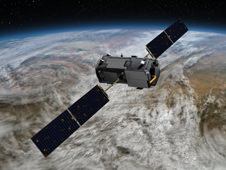
NASA’s first effort to loft a satellite to help scientists determine where carbon dioxide is produced and stored around the globe ended in failure when the $270 million spacecraft crashed near Antarctica. Researchers are currently dependent on land-based monitoring stations that don’t provide a full picture.
BBC:
Officials said the fairing — the part of the rocket which covers the satellite on top of the launcher — did not separate properly.
Data indicates the spacecraft crashed into the ocean near Antarctica.
The Orbiting Carbon Observatory (OCO) was intended to help pinpoint the key locations on our planet’s surface where CO2 is being emitted and absorbed.
Your support matters…Independent journalism is under threat and overshadowed by heavily funded mainstream media.
You can help level the playing field. Become a member.
Your tax-deductible contribution keeps us digging beneath the headlines to give you thought-provoking, investigative reporting and analysis that unearths what's really happening- without compromise.
Give today to support our courageous, independent journalists.
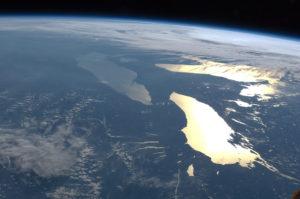
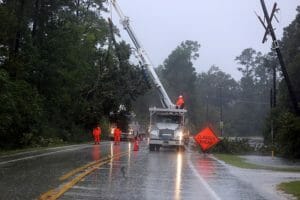
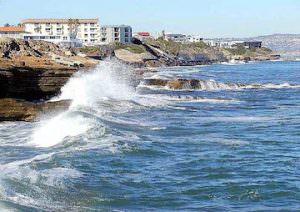

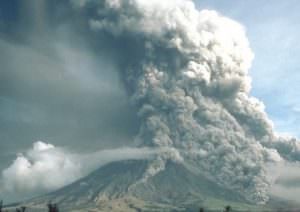



You need to be a supporter to comment.
There are currently no responses to this article.
Be the first to respond.